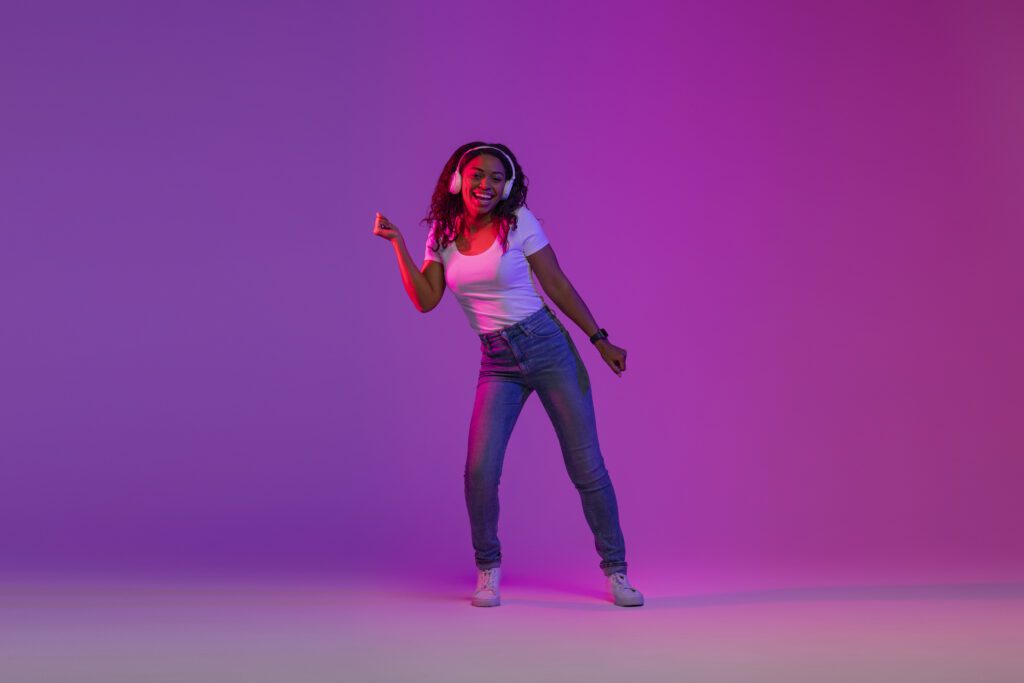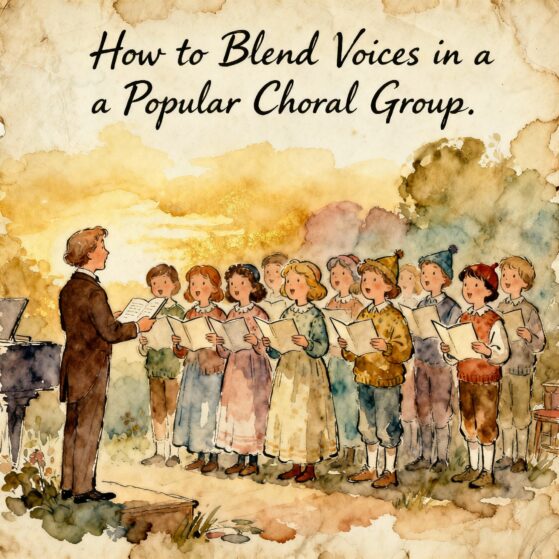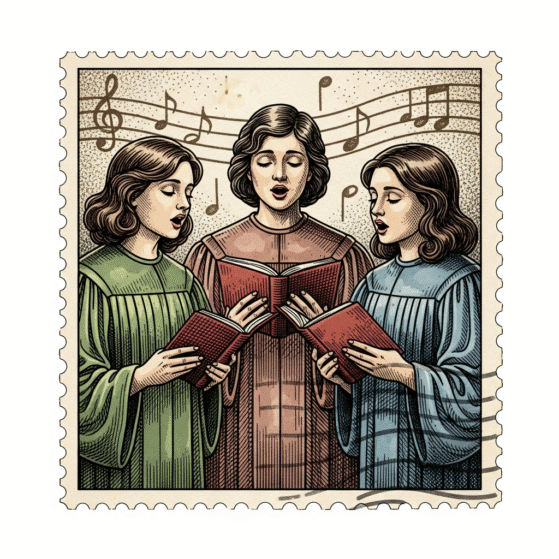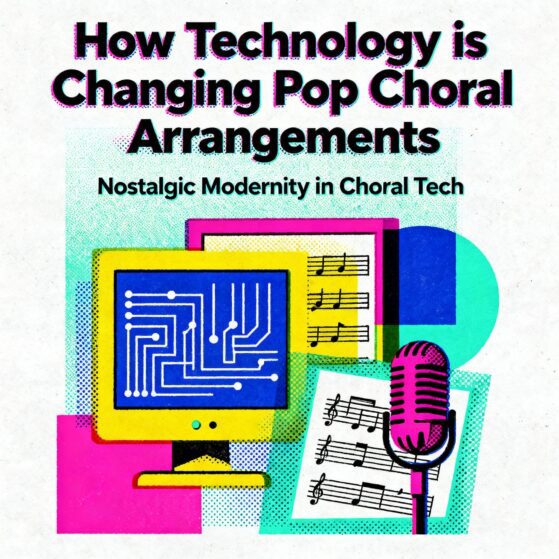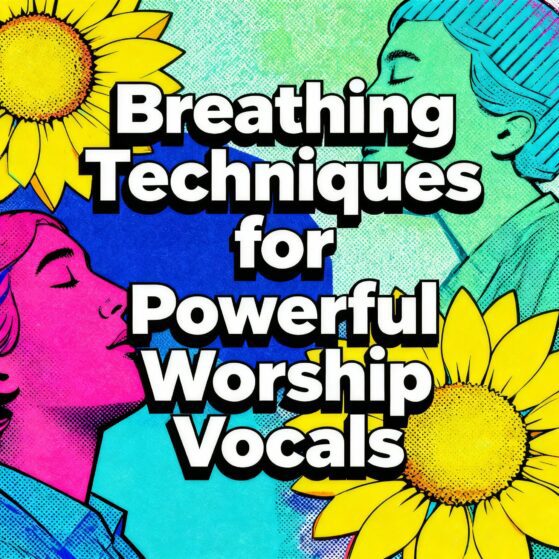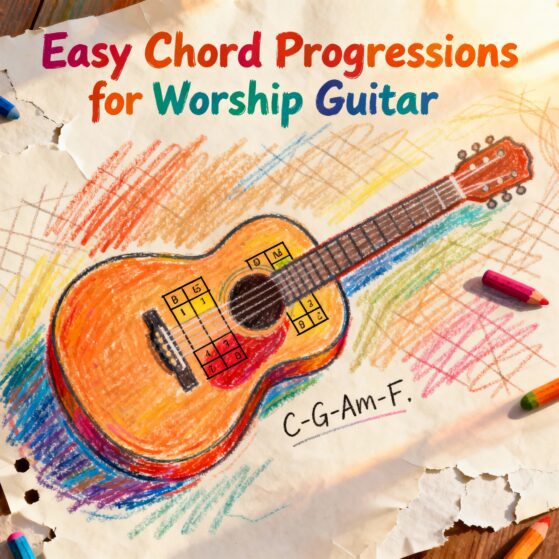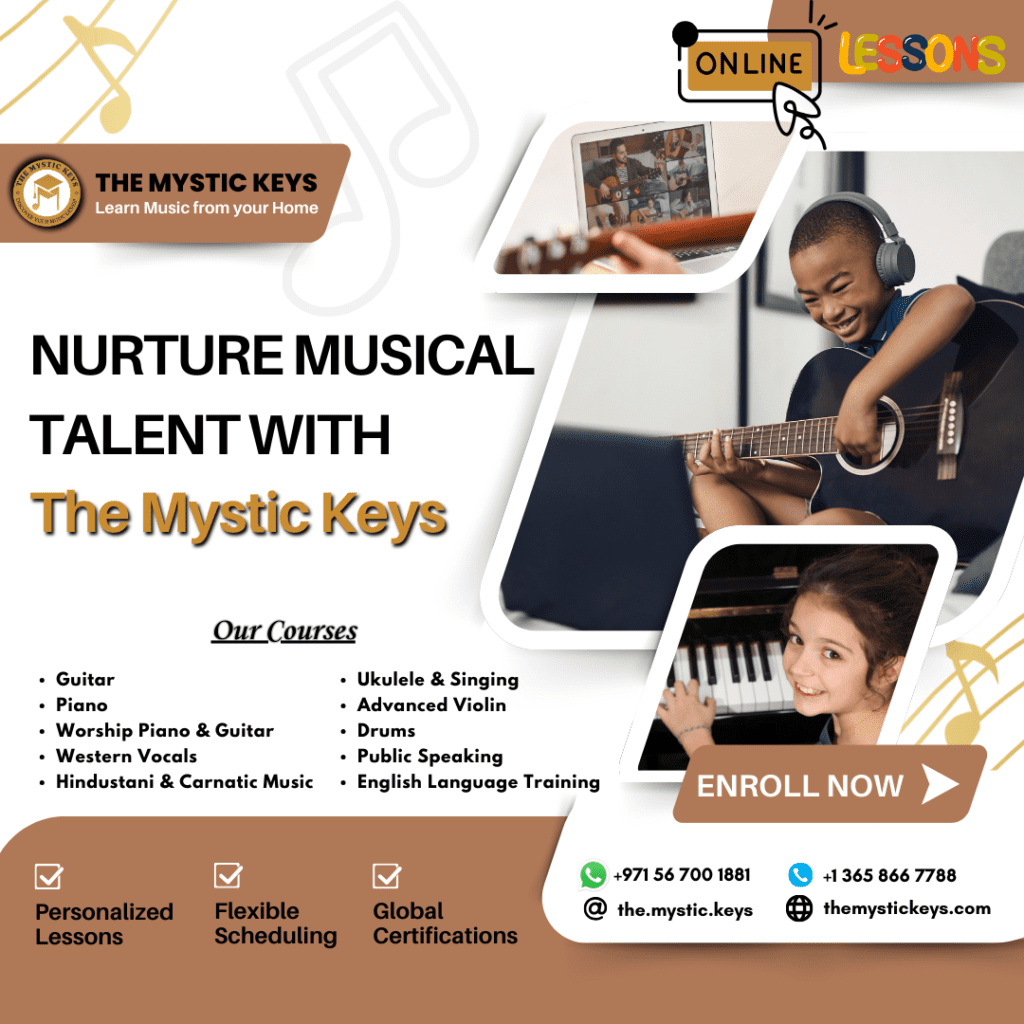Some Songs Make Us Want to Dance Instantly?
You’re sitting still, minding your own business—then that song comes on. Before you know it, your foot taps, your head nods, and your body starts grooving. It’s involuntary. It’s joy. It’s… music-induced motion. It’s no wonder that songs make us want to dance, even when we least expect it.
But why do some songs hit us that way? Why do certain tracks have the power to pull us out of our seats and get us dancing—even when we weren’t planning to?
Let’s break down the magic. 🧠🎶
🥁 1. The Power of Rhythm and Beat

Our brains are wired to recognize patterns, especially rhythmic ones. Songs with:
- A strong, steady beat (often 100–130 BPM)
- Syncopation (off-beat surprises)
- Repetitive grooves and percussion
…stimulate the motor areas of our brain, making us want to mirror the rhythm with our body.
💡 It’s science! Studies show that hearing rhythmic music activates movement-related regions of the brain—even if you’re sitting still.
🎶 2. Bass Frequencies Talk to Your Body

That deep, thumping bass? It’s not just sound—it’s a physical sensation.
Bass frequencies vibrate through your body and resonate with your chest and muscles, almost pushing you to move.
This is why genres like EDM, funk, hip-hop, and reggaeton are so dance-inducing—the bass literally speaks to your bones.
🧠 3. Dopamine: The Music-Induced High
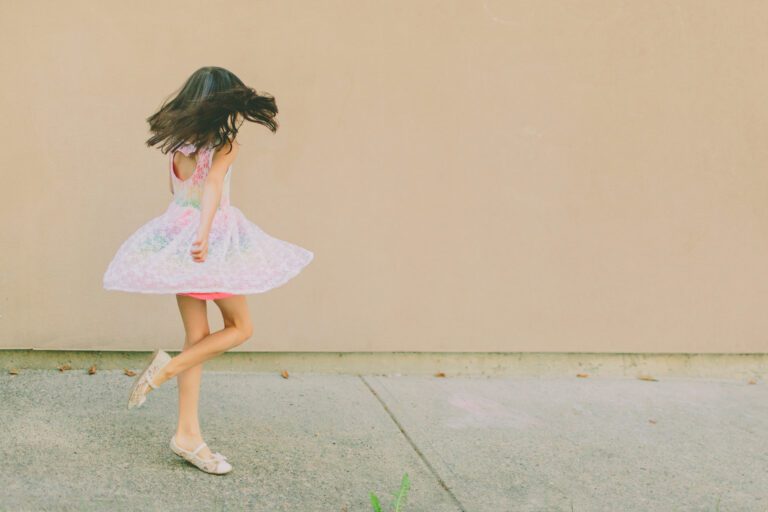
When a song hits right, your brain releases dopamine, the feel-good chemical. This creates:
- Excitement
- Anticipation
Pleasure—which is often followed by movement
Dancing becomes your body’s natural reaction to emotional and physical joy.
💓 4. We Mirror What We Hear
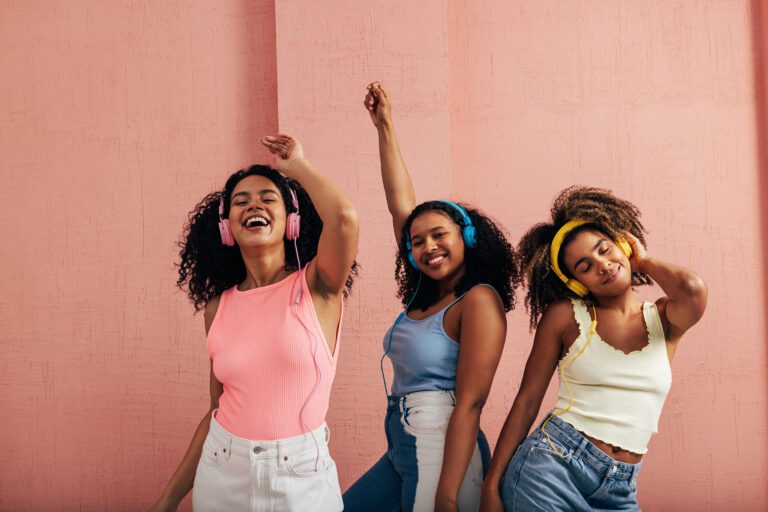
Our brains have something called mirror neurons. These help us empathize and imitate what we observe—including sounds.
When we hear a funky groove, our brain wants to mirror that energy. It’s like our neurons say:
“Hey, this beat’s alive. Let’s join in.”
👯 5. Cultural Conditioning & Musical Memory
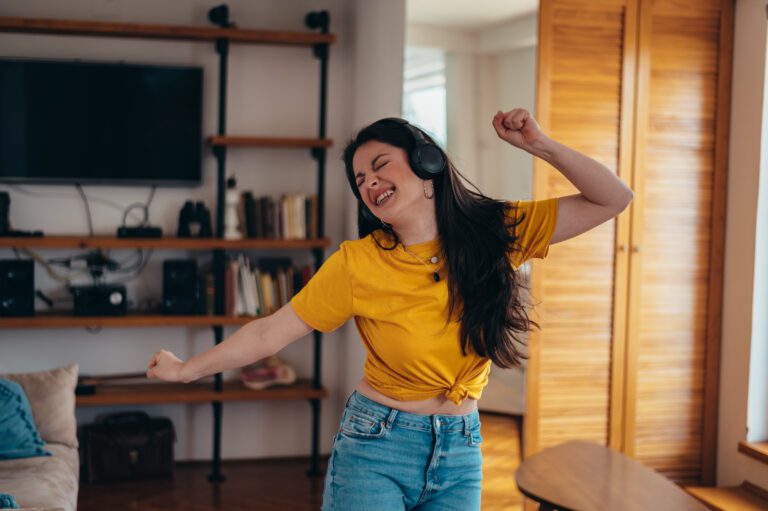
Sometimes we move because the music is familiar.
Songs we’ve heard at parties, weddings, or in viral videos are associated with fun. So when we hear them again, our brain goes:
“Oh! This is the part where we dance!”
Examples:
- Macarena
- Uptown Funk
- Kala Chashma
- Shake It Off
- Despacito
🧠 Our memory associates these with celebration, and the body follows automatically.
🧩 6. Tempo Syncs With Your Heartbeat
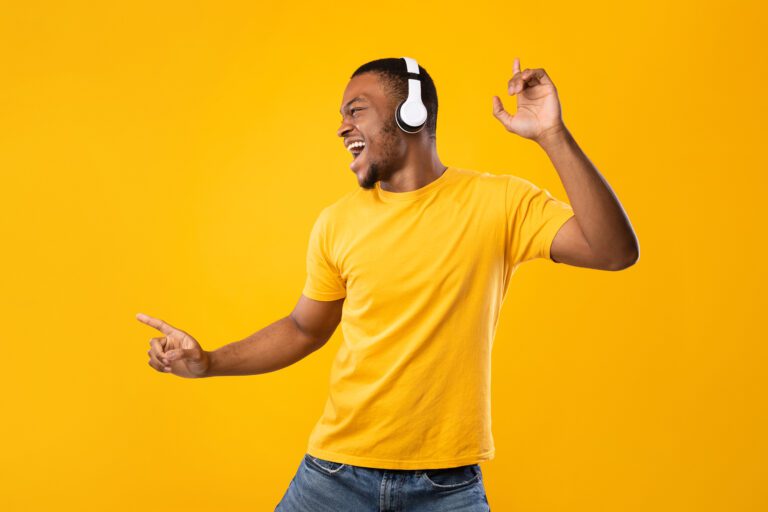
Our heart naturally beats between 60–100 BPM. Songs with tempos near this range (or double) feel more natural to move to.
This is why most dance songs are written in the 120–130 BPM range—it aligns with our internal rhythm and encourages natural motion.
🧘 7. You Don't Need to Understand Music Theory—Your Brain Already Does
Even if you’ve never learned a single scale, your brain has been absorbing musical patterns since birth.
It recognizes:
- Builds and drops
- Chorus energy
- Beat anticipation
- Climactic moments
And it responds with movement—because music is hardwired into our survival and social systems.
🎓 At The Mystic Keys – We Teach Music That Moves You
At The Mystic Keys, we don’t just teach you to play notes—we teach you to understand the emotional and physical power of music.
🎸 Learn:
- Guitar, Piano, Keyboard, Drums, Singing, Music Theory
- From certified, experienced teachers online
- With personalized notes, recordings, and flexible scheduling
- Including Trinity College London certification preparation
Whether you want to groove, perform, or compose the next dance anthem—we help you connect with music deeply.
🔚 Final Thought: Move to the Music—It’s in Your Nature
Dancing to music isn’t a learned behavior—it’s a biological response. The right rhythm, groove, and melody can awaken your body’s natural urge to move. It’s exactly why songs make us want to dance without even trying.
So next time a song makes you dance, don’t overthink it. You’re responding the way humans were designed to—joyfully and instinctively.
💃🕺 Let the music move you. Literally.
For more information and exciting resources about learning music, visit our website at The Mystic Keys. For more music content and exciting offers follow us on
Facebook, Instagram, YouTube, LinkedIn, Twitter, Pinterest, and Threads,
Related Blogs
Music Theory Guide For Beginner’s
This Music Theory Guide is perfect for beginners who want to understand how music works—from notes and scales to chords and rhythm. It lays a strong foundation that helps musicians of all levels gain clarity and confidence in their playing, composing, or singing.
The Best Way to Train Your Ear for Music
A well-trained ear is one of the most valuable tools any musician can have. Whether you’re a singer, instrumentalist, producer, or composer, your ability to recognize pitch, rhythm, harmony, and melody will significantly enhance your creativity and confidence.
The voice is an incredible gift. It’s how we sing, teach, inspire, and connect. But like any instrument, it needs proper care to remain strong, clear, and resilient. Vocal strain is a common challenge faced not only by singers, but also by teachers, speakers, coaches, content creators—anyone who relies on their voice daily.


